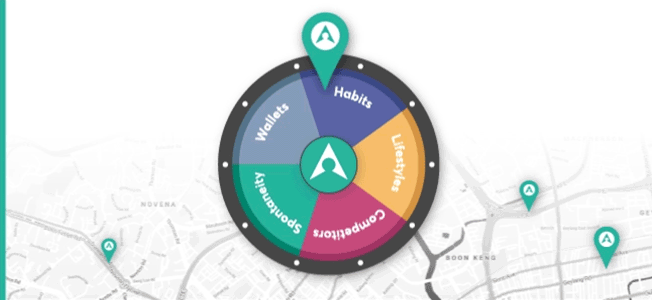Understanding the intersection of people and places helps chart behaviour patterns, habits and lifestyle indicators. In doing so we can make inferences and predictions based on known habits. However, with the current state of constrained connectivity and at a time when fewer purchase decisions are being made outside the home, past habits can provide key indications of preferences and buying behaviours.
Foot traffic to stores and leisure destinations worldwide has seen a significant decline due to COVID-19 and looks set to continue at reduced capacity for some time. With this continuing disruption to our daily lives, there will, of course be some lasting changes in consumer behaviour. And this is where historic behavioural data comes into its own with its ability to help marketers create predictive models.
This week, as part of ‘The changing behaviour series’ we’re introducing five ways historical targeting can help predict future behaviours, in a time when there is so much unpredictability.
The first point to note is that humans are (loyal) creatures of habit.
Human behaviour is 93% predictable, according to research by Professor of Physics Albert-László Barabási of Northeastern University, so the more we understand human behaviour, the more we can understand people’s habits and the better we can target and engage them with higher relevance for better, more meaningful results. Targeting loyalists, people seen at stores in the past or people who previously exhibited certain habits, is an effective way to activate and engage customers.
What people did in a pre-COVID world is a strong indicator of post-COVID behaviour. Using historical audience targeting, brands can reach entire households at scale and connect with all involved in the decision making within a home. By understanding how people were behaving in the world just a few short months ago – how they shop, how they dine, what their patterns in daily life looked like – brands can still gain the insights they need to deliver more personalized, seamless and relevant experiences.
The behavioural changes that we have seen as a result of COVID-19 have been mostly forced upon consumers as the pandemic swept around the globe. As a result of enforced lockdown, people have had more opportunity to engage with content on their mobile phones and many choose to spend their extra time gaming or following the news. As businesses, schools and amenities reopen this luxury time has other competition and monitoring these trends to understand whether they are continuing, evolving or evaporating will provide key insight for brands. Whereas normally habits are adopted through active choice it may very well be the case that persuading a consumer to ‘bounce back’ to pre-COVID behaviour might not be as difficult as we might expect and so being a step ahead will provide you with an edge once consumers start to return to “normal” behaviours.
It’s also important to look at loyalty by region over time to gain planning and targeting insights. Using these real-world insights, marketers can plan and measure campaigns more effectively, ultimately resulting in more sales and efficiencies in marketing campaigns.
In our next post we examine how lifestyle, lifestage and niche hobbies and interests will endure enabling marketers to preempt behaviour once businesses open their doors once again.
Read it here.

